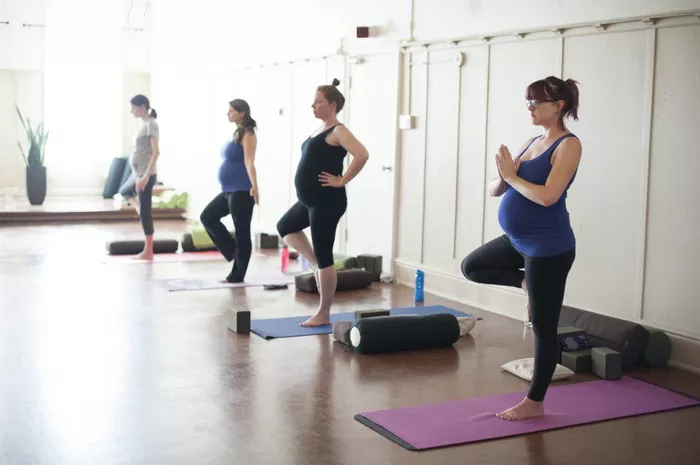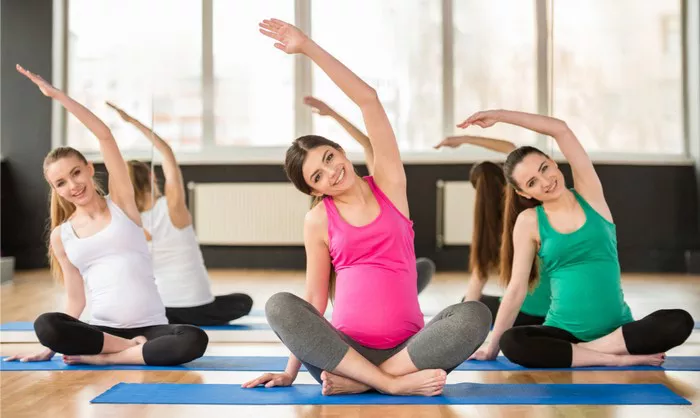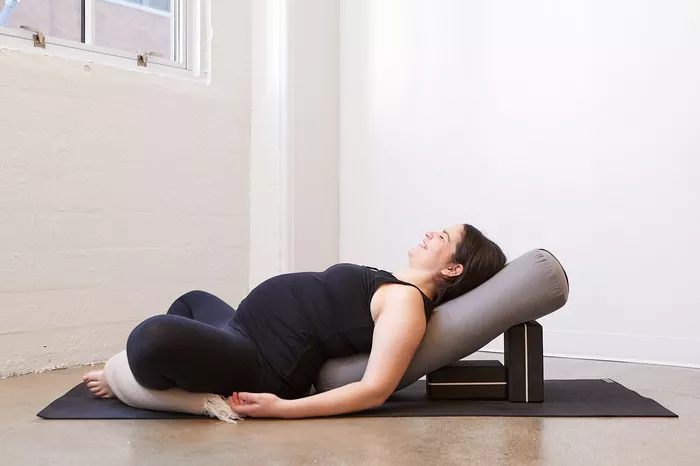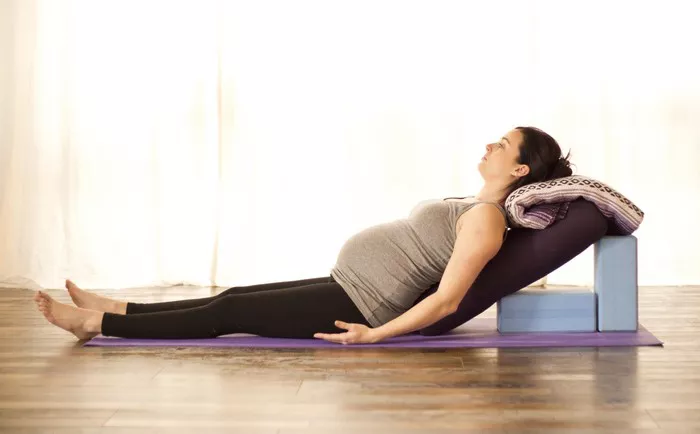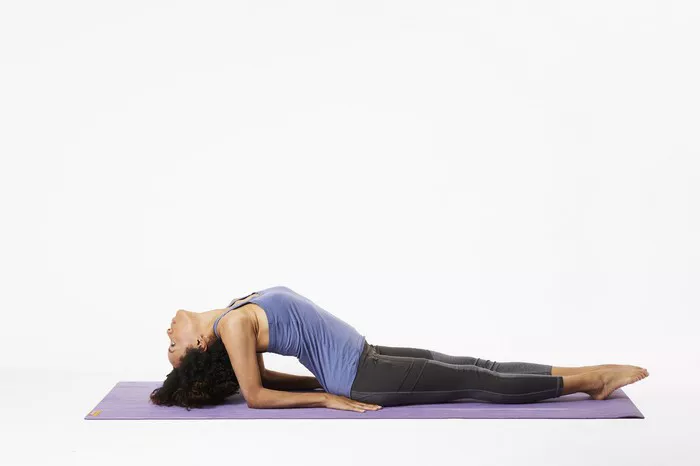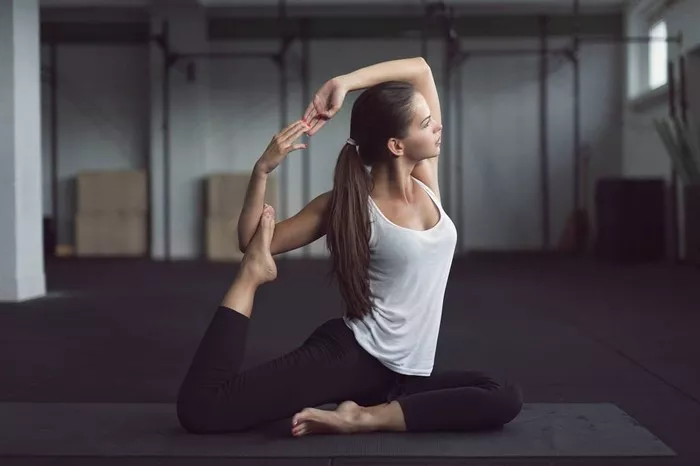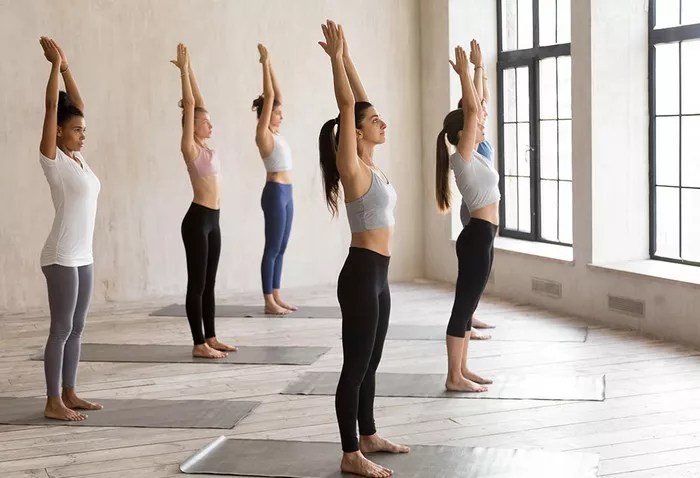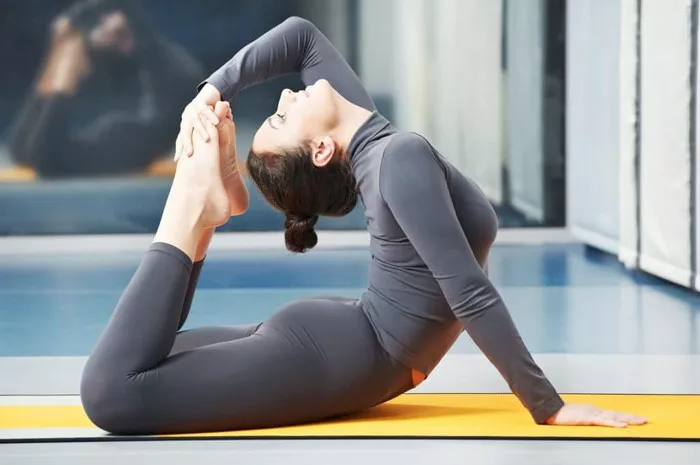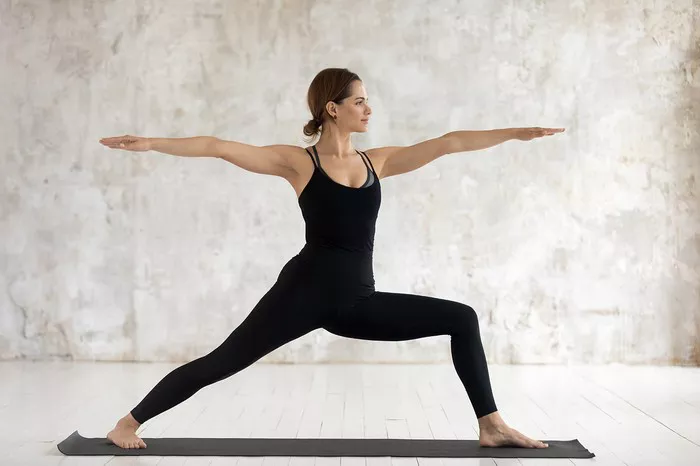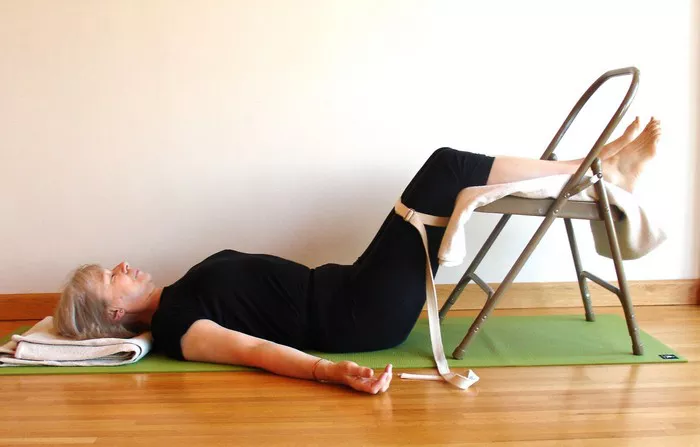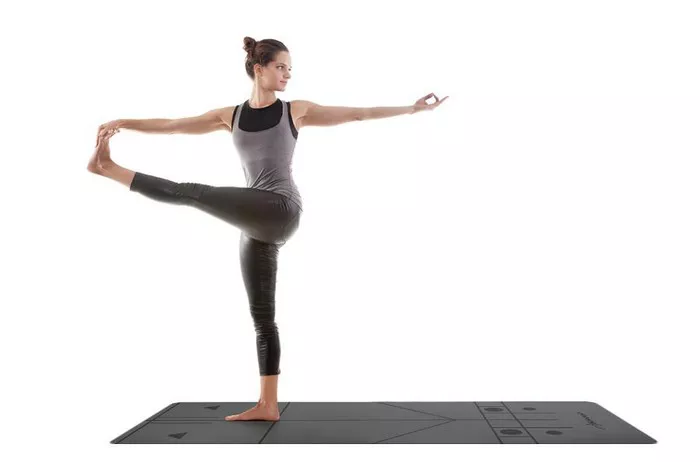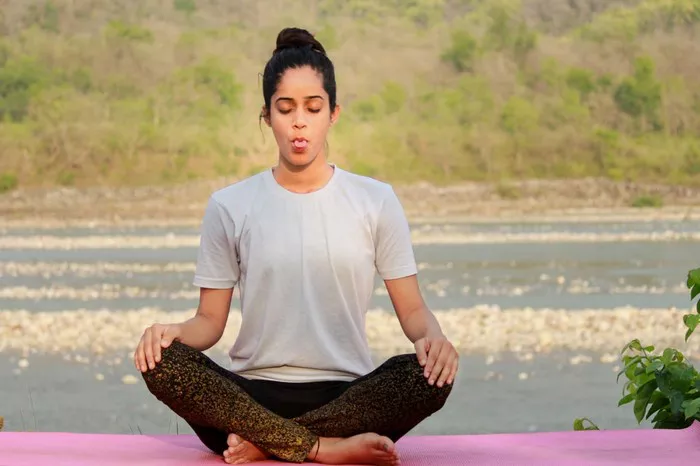Yoga has long been revered for its numerous health benefits, including increased flexibility, enhanced strength, and improved mental clarity. Over the years, the practice of yoga has evolved, giving rise to different variations. One of the more recent trends to gain popularity is aerial yoga, which combines traditional yoga practices with the added challenge of gravity-defying poses using a hammock or fabric suspended from the ceiling. But how does this form of yoga compare to traditional, ground-based yoga in terms of difficulty? Is aerial yoga harder than regular yoga? In this article, we will explore both types of yoga and analyze which might be more challenging based on various factors like strength, flexibility, balance, and mental focus.
What is Regular Yoga?
Regular yoga, often referred to as Hatha yoga or simply traditional yoga, is a practice that involves holding various postures (asanas) while focusing on breath control, flexibility, and strength. It can be practiced on the ground, using a yoga mat, and has multiple styles, including Vinyasa, Ashtanga, Iyengar, and others. The common thread through all of these styles is a combination of physical movement with mindful breathing.
The difficulty of regular yoga can vary depending on the style and the intensity of the session. For instance:
Vinyasa Yoga: A more dynamic style of yoga where movements flow with the breath, often making it more cardiovascular and challenging in terms of endurance.
Ashtanga Yoga: A rigorous style that follows a specific sequence of postures and focuses on strength and flexibility.
Iyengar Yoga: A form of yoga that emphasizes alignment and uses props such as blocks, straps, and chairs to help practitioners hold postures correctly. This form is often more accessible for beginners but can still present challenges for those looking to master alignment.
Regardless of the style, the foundation of regular yoga remains on the ground, and practitioners primarily focus on improving their strength, balance, flexibility, and mindfulness through static and flowing poses.
What is Aerial Yoga?
Aerial yoga is an innovative practice that incorporates a fabric hammock or swing, suspended from the ceiling, into traditional yoga postures. The hammock is designed to support the body, allowing practitioners to perform a wide range of poses that are not typically possible on the ground. The hammock acts as both a support system and a tool to deepen stretches, create space in the body, and enhance balance.
The idea behind aerial yoga is to use the hammock to suspend the body and create more space for stretches, inversions, and deeper muscle engagement. Some styles of aerial yoga integrate acrobatics, while others focus purely on yoga poses. The hammock allows for a greater range of motion and challenges the body in unique ways.
Aerial yoga classes often include sequences where practitioners may perform inversions (such as hanging upside down), core exercises, and stretching, which can significantly differ from the typical flow or standing poses seen in traditional yoga.
Comparing the Difficulty of Aerial Yoga and Regular Yoga
Now that we have a basic understanding of what regular yoga and aerial yoga entail, let’s dive into a comparison of the difficulty level between the two. To determine which form of yoga is “harder,” we must consider several factors:
1. Strength and Core Engagement
Regular Yoga: In traditional yoga, practitioners engage their core muscles, especially in poses like Plank, Boat Pose, and Chair Pose. While these poses are great for building strength, the ground provides a stable base, meaning gravity doesn’t pull the body in the same way it would in aerial yoga.
Aerial Yoga: Aerial yoga requires a significant amount of core strength and stability because the hammock supports the body in various positions, often putting the practitioner in a more vulnerable, off-center position. The need to engage the core to stabilize the body and maintain balance in suspended poses challenges the abdominal muscles more than regular yoga. For example, Inversions (where you are upside down) force your core to work harder to stabilize your body while gravity pulls you down.
In this sense, aerial yoga may be harder for individuals who are not yet proficient in core strength, as it adds the element of gravity to every pose. It requires constant engagement to avoid losing control while suspended in the air.
2. Flexibility
Regular Yoga: Flexibility is a core element of traditional yoga practice. Postures like Downward Dog, Forward Fold, and Pigeon Pose are aimed at improving flexibility in the hamstrings, hips, and spine. However, the ability to reach deeper into a stretch can be limited by the practitioner’s range of motion and muscle tension.
Aerial Yoga: The hammock in aerial yoga provides a unique advantage when it comes to flexibility. Since the fabric can support the body, it allows practitioners to stretch deeper and hold poses longer without the fear of straining muscles. For example, a practitioner can use the hammock to get into a deeper backbend or split, opening up the chest and hips with less strain. Additionally, the hammock can support inversions that can decompress the spine, offering a deeper stretch than what might be possible in regular yoga.
While aerial yoga may give a sense of more flexibility, it can also pose challenges for individuals who have limited flexibility to begin with. Being suspended in the air may create an unfamiliar sensation for some, making it harder to judge how deep they can go into a stretch without proper support.
3. Balance and Stability
Regular Yoga: Balance is a key component of traditional yoga. Poses like Tree Pose, Warrior III, and Half Moon require practitioners to maintain stability on one leg or one arm while engaging the entire body. Developing balance is crucial, and over time, regular yoga helps strengthen stabilizing muscles, especially in the feet, ankles, and legs.
Aerial Yoga: In aerial yoga, balance becomes even more challenging due to the dynamic nature of being suspended in the air. Practitioners must rely on both the hammock and their body to maintain proper alignment and stability. The sense of instability is more pronounced, as one wrong movement could result in falling or losing balance mid-pose. Many aerial yoga poses require practitioners to engage more muscle groups for stabilization.
As a result, aerial yoga may be harder for those who are not as comfortable with balancing on one leg or maintaining stability in mid-air. It forces the body to engage more deeply in the lower body, core, and upper body, especially in poses that involve hanging from the hammock or performing inversions.
4. Mental Focus and Fear
Regular Yoga: Traditional yoga can also require mental concentration, particularly when practicing more challenging poses or meditative techniques. The emphasis on breathwork (pranayama) helps calm the mind, but for many, yoga on the ground is a familiar practice that feels relatively safe and controlled.
Aerial Yoga: Aerial yoga, on the other hand, often presents a mental challenge as well. Being suspended in the air, especially in inversions, can trigger feelings of fear or anxiety. This adds an element of mental difficulty, as practitioners must learn to overcome their fears of being off the ground. The additional element of gravity can create a sense of vulnerability that is not as prevalent in regular yoga. The need to trust the hammock, focus on breathing, and control the body’s movement in the air requires heightened mental focus.
5. Accessibility and Intensity
Regular Yoga: One of the greatest advantages of regular yoga is its accessibility. People of all ages and fitness levels can engage in yoga, as there are modifications available for almost every pose. Whether a practitioner is a beginner or an advanced student, regular yoga can be adjusted to suit their needs.
Aerial Yoga: Aerial yoga, while incredibly beneficial, is less accessible. The need for special equipment (the hammock) and a higher degree of strength and flexibility may limit its availability to beginners or those with certain health conditions. Aerial yoga tends to be more intense and might not be appropriate for individuals who are new to fitness or those with certain medical conditions such as neck or back problems.
Conclusion
Determining which type of yoga is harder—aerial yoga or regular yoga—depends on a variety of factors including strength, flexibility, balance, and mental focus.
Aerial yoga tends to be harder for those who lack core strength, balance, or a comfort level with inversions, as it challenges the body in ways that regular yoga does not. The hammock provides both support and an extra challenge, making aerial yoga particularly difficult for beginners who are not yet accustomed to yoga.
Regular yoga, while it may not include the additional challenge of gravity and suspension, can be just as hard, depending on the style and intensity. Aspects like flexibility, balance, and endurance are still tested and can be highly challenging.
In the end, the difficulty of both practices is relative. For someone who is used to regular yoga, aerial yoga might present a whole new level of challenge, while a seasoned aerial yoga practitioner may find regular yoga easier. Both forms of yoga offer unique benefits, and the best way to determine which one is harder for you is to try them both and assess how your body responds.
Related Topics:

